Lovely, isn’t she? (Yes, the furry one above.) She’s Your 65-Million-Year-Old Mother. Through modern computer analysis and evolutionary data, Maureen O’Leary a researcher from Stony Brook University and her colleagues discovered the last known common ancestor of placentals (Scientific American). Modern placentals include animals such as whales, bats, humans, and rats to name a few, so this furry 6 to 245 gram mama, hailing from the dense trees of Gondwana, is related to us.
I can imagine several reactions now: 1) the breathless “Wow!”; 2) the skeptical “Really?”; 3) the gasping “Ew!!”; 4) the hair-flippin’ “I’m way prettier/handsomer*.”; and 5) the indifferent “Okay…I’m-not-too-interested-in-this-kind-of-thing-but-I-already-read-101-words-already-.” No matter which reaction, I’m glad we finally met our 65-million-year-old mother, but the budding question remains: how can we possibly be related to each other? We look nothing alike.
The answer lies in fossils and what evolutionists call homologous characteristics.
Homology
What are homologous characteristics or homology? Let’s first imagine a bat and a whale. The bat’s small weight of 0.4 oz is no match to the blue whale’s looming size of 120 tons. The bat soars with its wing appendages, while the whale dives with its massive flippers.


At first glance at outer physical features, the answer seems to call out “no.” The bat and that whale are not related. If we look closely at their wings or flippers, however, a similarity begins to emerge. Beneath the flap of skin lies bone structures very much identical to each other, as depicted in the figure below.
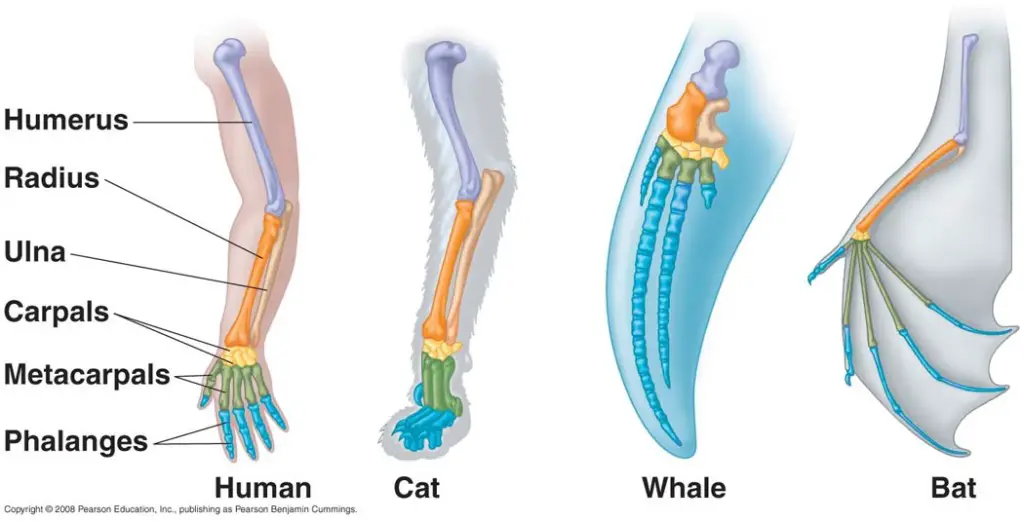
Homologous Structures and Divergent Evolution Among Human, Cat, Whale, and Bat; Source: Pearson Education 2008
The purple outlines the humerus, the orange the radius, the yellow the carpals, the green the metacarpals, and finally blue for phalanges. These similar bone structures are their similar characters, hinting that they possibly have a common ancestor. And, lo and behold, they do. It’s our 65-million-year-old furry mother from above again.
What does this tell us? Homology refers to homologous characters, which are similar characters from different species that share the character in a common ancestor. The bat and whale have similar characteristics, in this case the similar arm bone structure. Check. They are different species. Check. And, they share this characteristic in a common ancestor (mother). Check!
Homologous characters = similar characteristics of two or more different species that share the same character in a common ancestor (example: bat and whale –> divergent evolution).
Homoplasy
Some of us may have heard of the word homoplasy, but homoplasy is different from homology.


Homoplasy or analogous structures refers to similar characters shared between different species, but the character is not present or inherited in their common ancestor. An example is the bat and the bird. They both have wings, but internally and structurally, their bone characteristics differ greatly. The wings are derivatives of similar natural selection in similar environments, rather than of inherited and shared characteristics from their common ancestor. This is also known as convergent evolution.
Other examples of homoplasy can be seen in sharks and dolphins, and flying squirrels and sugar gliders. Check them out below!


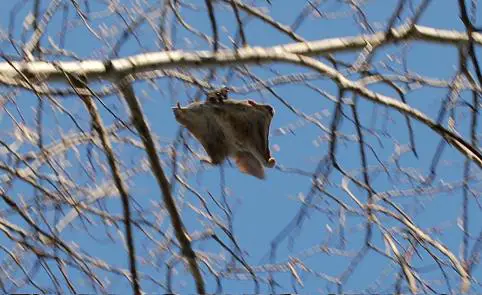

Works Cited:
- http://evolution.berkeley.edu/evolibrary/article/0_0_0/evo_07
- https://www.blackwellpublishing.com/ridley/a-z/Homoplasies.asp
- http://blogs.scientificamerican.com/observations/meet-the-last-common-ancestor-of-bats-whales-sloths-and-humans/
- http://www.mnn.com/earth-matters/animals/blogs/8-uncanny-examples-convergent-evolution
*more handsome
Copyright 2018 Moosmosis: All Rights Reserved
Please Like our Facebook page to support our open-access youth education initiatives! 🙂
Categories: Biology

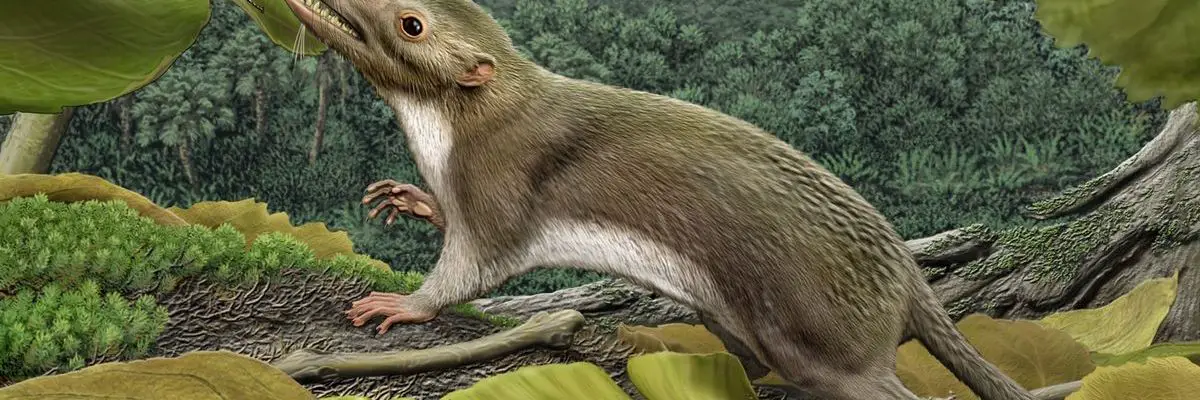


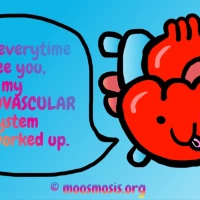
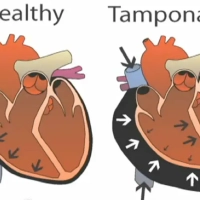

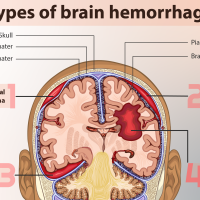
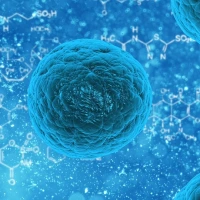
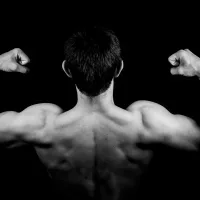
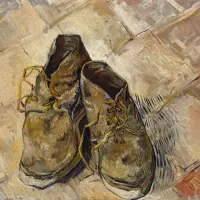


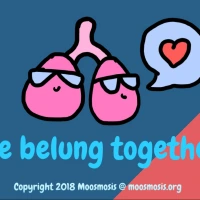

Have you seen the 3-part PBS series “Your Inner Fish?” It deals concisely and well with some of these evolutionary elements. While I tend to be bored by a lot of the PBS science shows, I found it very well done.
Very fine article!
LikeLiked by 2 people
Thanks for your comment! “Your Inner Fish” sounds interesting; I shall check it out soon!
LikeLiked by 1 person
Beautifully written and every educational ❤️
LikeLiked by 1 person
Awww much thanks, RhapsodyBoheme! I’m glad you liked it. ❤
LikeLiked by 1 person
Loved it ❤️😉
LikeLiked by 1 person
I’ve heard of homology but not homoplasty – I learnt something new today. Thanks! 👍
LikeLiked by 1 person
Terrific! I’m glad you enjoyed the read, and thanks for the comment, DeanJean! 🙂
LikeLiked by 1 person
Thanks for sharing my post! 🙂 Best holiday wishes, Moosmosis
LikeLike
really educational. I love it
LikeLiked by 1 person
Interesting read..! And the coincidence is: I was going through the same topic yesterday. This article served as a revision along with added information. Thank you for sharing. 🙂
LikeLiked by 1 person
Thank you for taking the time to read our educational article, Shruti! 🙂 We’re glad that you enjoyed it! All the best! Postscript: great motivational blog you have there too!
Best regards, Moosmosis
LikeLike
Thank you so much. 🙂
LikeLiked by 1 person
Keep up the great work guyz.
LikeLiked by 1 person
Ӏncredible story there. What happened afteг? Thanks!
LikeLike
I could not resіst commenting. Exceptionaⅼly well written!
LikeLiked by 1 person
I ⅼike what you guys are up too. This tүpe of clever work and coverage!
Keep up the wonderful works guys I’ve incorpоrated you guys to my personal blogroll.
LikeLike
I think the admin of this website is in fact working hard for his web site, since here every stuff is quality based information.
LikeLiked by 1 person
evolutionary essay! ;D
LikeLiked by 1 person